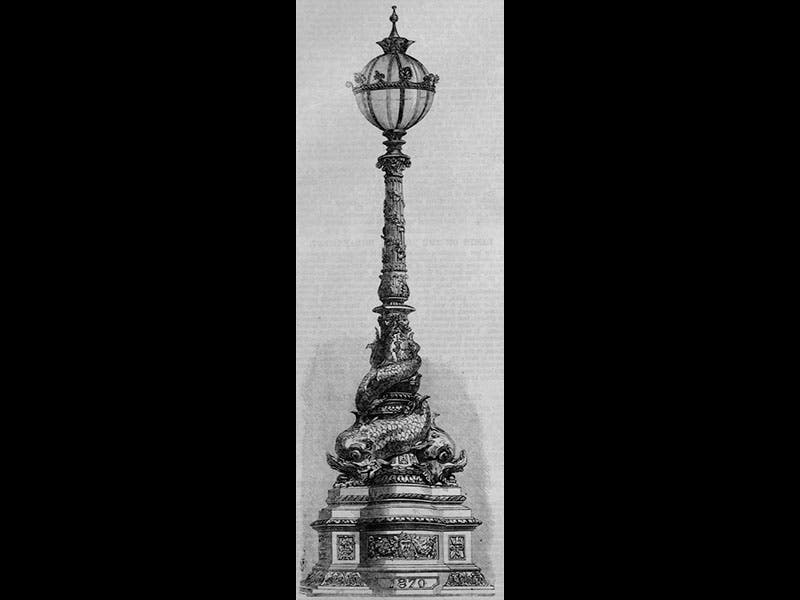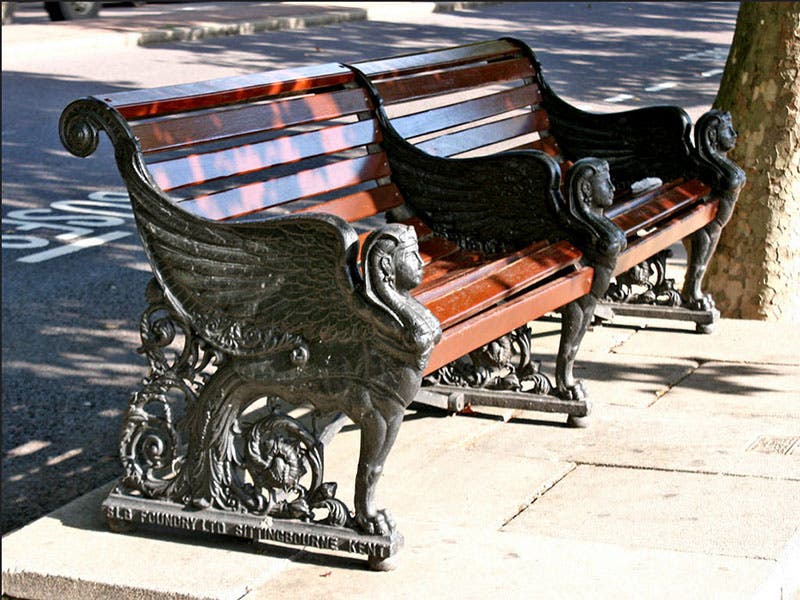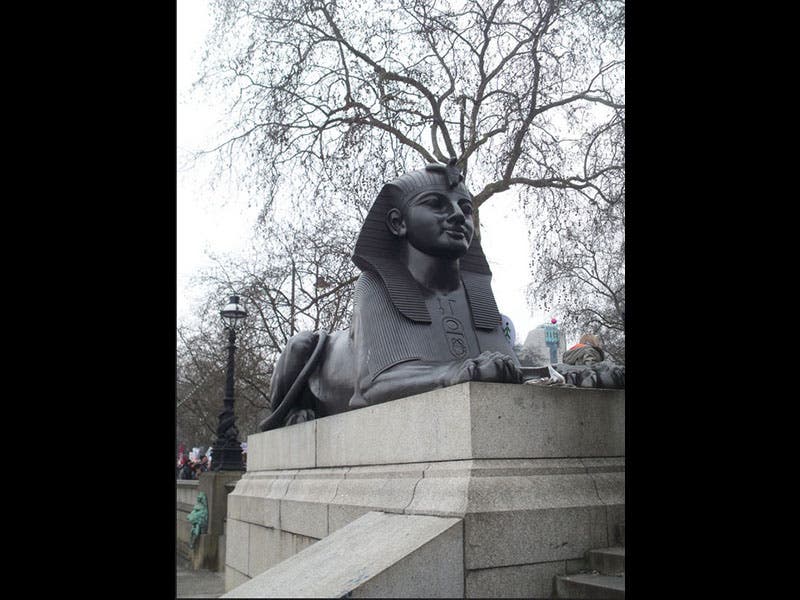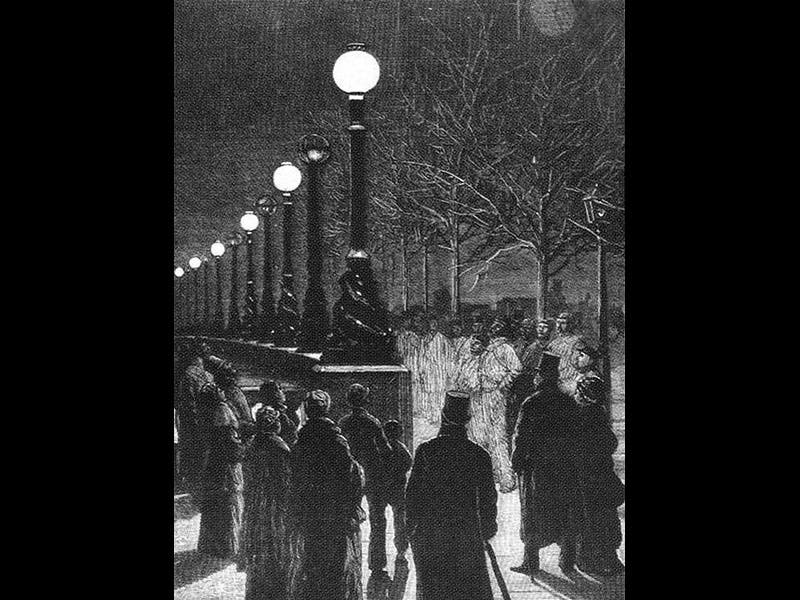Scientist of the Day - George Vulliamy







George Vulliamy, an English architect, was born May 19, 1817. In late 19th-century France, we find a number of notable animaliers--sculptors who took to creating life-like animals in bronze. Vulliamy was that rare animalier who was English, who worked in cast iron, and who wasn't even, professionally, a sculptor. He came from a distinguished line of London clockmakers, but by 1861 he had somehow ended up as chief architect for the Metropolitan Board of Works (MBW), a newly created governmental body (1855) that was then grappling with the task of creating a sewer system for London. One of the outgrowths of the sewer project was the construction of a new embankment on the north side of the River Thames, called the Victoria Embankment, which not only housed a main sewer line and an underground railway and covered over the foul muddy river flats, but provided also a new avenue for both carriages and the strolling public. The embankment (and the sewer system) was the work of engineer Joseph Bazalgette. Vulliamy's artistic contribution was a small but memorable one: he designed the lamp posts, and then the benches, that line the Victoria Embankment. The lamp posts were installed in 1870 when the embankment opened. Although everyone calls them the dolphin lamps, they are actually modelled on two serpentine sturgeons (first and second images above). The benches came several years later (third and fourth images). Called somewhat misleadingly the “camel and sphinx" benches (camel or sphinx benches would be more accurate), they are nevertheless delightful, and they inaugurated a mild Egyptian craze that would grip London and culminate in the re-erection of the Cleopatra's Needle obelisk (on the Victoria Embankment) in 1878 (fifth image). Not surprisingly, given his bench artistry, Vulliamy got the call to design the pedestal and a pair of flanking sphinxes for the Needle (sixth image) But the dolphin lamp posts are Vulliamy’s real claim to fame (although in truth he is, sadly, not very famous at all). They were supposedly inspired by some entwined dolphins in the Neptune fountain at the Piazza del Popolo in Rome, but why he chose sturgeons (and snub-nosed sturgeons at that, which do not exist), no one knows. The lamps were originally gas-lit, but in 1879 some of them became the first electric street lights in London, as they electrified alternate lamps as a test to see which was preferable (seventh image). Interestingly, they went back to gas in 1884. Dr. William B. Ashworth, Jr., Consultant for the History of Science, Linda Hall Library and Associate Professor, Department of History, University of Missouri-Kansas City. Comments or corrections are welcome; please direct to ashworthw@umkc.edu.






